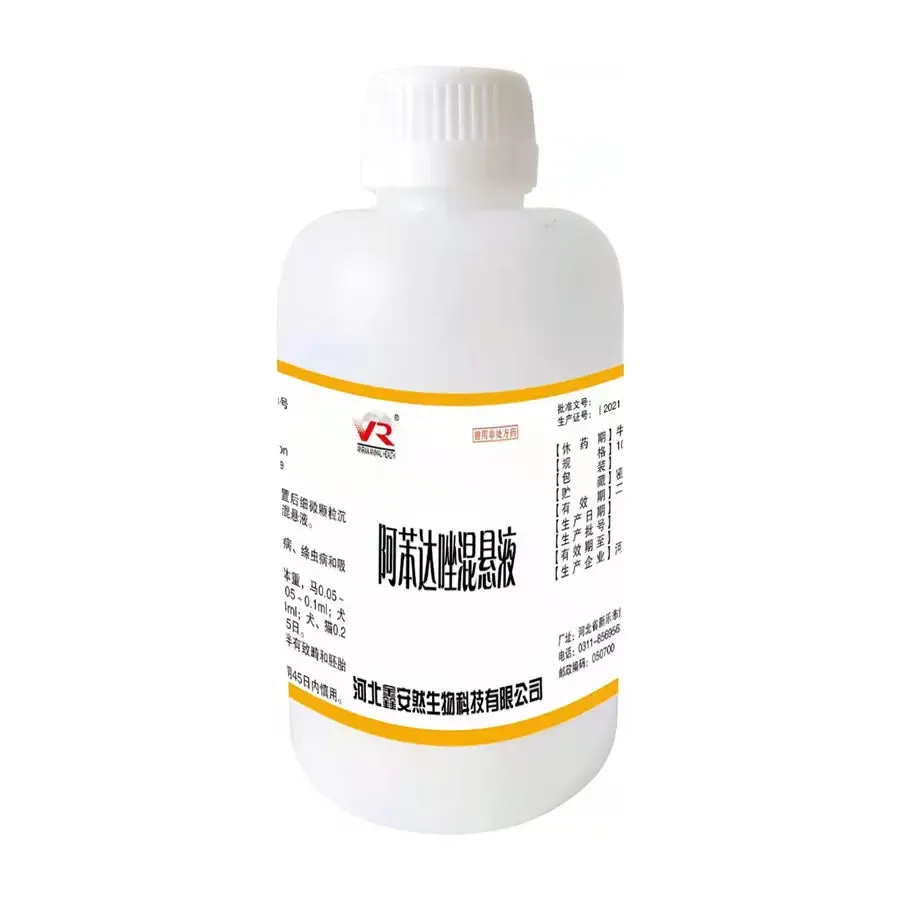- Afrikaans
- Albanian
- Amharic
- Arabic
- Armenian
- Azerbaijani
- Basque
- Belarusian
- Bengali
- Bosnian
- Bulgarian
- Catalan
- Cebuano
- Corsican
- Croatian
- Czech
- Danish
- Dutch
- English
- Esperanto
- Estonian
- Finnish
- French
- Frisian
- Galician
- Georgian
- German
- Greek
- Gujarati
- Haitian Creole
- hausa
- hawaiian
- Hebrew
- Hindi
- Miao
- Hungarian
- Icelandic
- igbo
- Indonesian
- irish
- Italian
- Japanese
- Javanese
- Kannada
- kazakh
- Khmer
- Rwandese
- Korean
- Kurdish
- Kyrgyz
- Lao
- Latin
- Latvian
- Lithuanian
- Luxembourgish
- Macedonian
- Malgashi
- Malay
- Malayalam
- Maltese
- Maori
- Marathi
- Mongolian
- Myanmar
- Nepali
- Norwegian
- Norwegian
- Occitan
- Pashto
- Persian
- Polish
- Portuguese
- Punjabi
- Romanian
- Russian
- Samoan
- Scottish Gaelic
- Serbian
- Sesotho
- Shona
- Sindhi
- Sinhala
- Slovak
- Slovenian
- Somali
- Spanish
- Sundanese
- Swahili
- Swedish
- Tagalog
- Tajik
- Tamil
- Tatar
- Telugu
- Thai
- Turkish
- Turkmen
- Ukrainian
- Urdu
- Uighur
- Uzbek
- Vietnamese
- Welsh
- Bantu
- Yiddish
- Yoruba
- Zulu
11 月 . 01, 2024 05:38 Back to list
Using Glutaraldehyde for Effective Sterilization in Laboratory Settings and Medical Facilities
Glutaraldehyde for Sterilization A Comprehensive Overview
Glutaraldehyde is a powerful chemical compound widely utilized in various fields, particularly in healthcare and laboratory settings, for its effective sterilization and disinfection properties. As a potent aliphatic aldehyde, glutaraldehyde is recognized for its ability to eliminate a broad spectrum of pathogens, including bacteria, viruses, fungi, and even some bacterial spores. This article explores the applications, effectiveness, and safety considerations associated with glutaraldehyde as a sterilizing agent.
Applications of Glutaraldehyde
One of the primary uses of glutaraldehyde is in the disinfection of medical and surgical instruments, particularly those that are heat-sensitive and cannot withstand traditional sterilization methods, such as autoclaving. Instruments such as endoscopes, surgical tools, and dental equipment often rely on glutaraldehyde for effective sterilization. Its versatility also extends to clinical settings, laboratory environments, and even in the preservation of biological specimens.
Glutaraldehyde can be used in two main forms a solution (typically 2% to 3% concentrations) and as part of vaporized systems. The solution is commonly employed for immersion sterilization, where instruments are soaked for a specified period. Vaporized glutaraldehyde is beneficial in areas where liquid solutions cannot be employed due to the risk of moisture damage.
Effectiveness of Glutaraldehyde
Glutaraldehyde is particularly notable for its rapid action and broad-spectrum efficacy. It works by cross-linking proteins and nucleic acids in microbial cells, leading to their inactivation and death. The typical contact time for sterilization ranges from 10 to 30 minutes, depending on the concentration and type of microorganisms present. This quick turnover makes glutaraldehyde an efficient choice for medical facilities that require rapid instrument turnover.
glutaraldehyde for sterilization

However, it is essential to note that while glutaraldehyde is highly effective, it requires careful handling and specific conditions to ensure optimal disinfection
. Factors such as temperature, pH levels, and organic matter can influence its efficacy.Safety Considerations
Despite its effectiveness, the use of glutaraldehyde is not without risks. It is known to be a potent irritant to the skin, eyes, and respiratory system. Prolonged exposure may lead to more severe health issues, including asthma and other respiratory problems. Consequently, healthcare professionals must implement appropriate safety measures when handling glutaraldehyde solutions, including wearing personal protective equipment (PPE) and ensuring good ventilation in areas where glutaraldehyde is used.
In addition, the emergence of alternatives, such as hydrogen peroxide and ethylene oxide, has prompted discussions about the future role of glutaraldehyde in sterilization protocols. While these alternatives offer different advantages, glutaraldehyde remains a staple in many healthcare facilities due to its efficacy and reliability.
Conclusion
In conclusion, glutaraldehyde stands out as a significant agent for sterilization and disinfection in medical and laboratory settings. Its effectiveness against a wide variety of pathogens makes it a critical component in maintaining hygiene and safety in healthcare environments. However, due caution must be taken to mitigate its associated risks. As the field of sterilization continues to evolve, glutaraldehyde will likely remain an important tool, albeit alongside emerging alternatives that enhance safety and efficiency.
-
The Power of Radix Isatidis Extract for Your Health and Wellness
NewsOct.29,2024
-
Neomycin Sulfate Soluble Powder: A Versatile Solution for Pet Health
NewsOct.29,2024
-
Lincomycin Hydrochloride Soluble Powder – The Essential Solution
NewsOct.29,2024
-
Garamycin Gentamicin Sulfate for Effective Infection Control
NewsOct.29,2024
-
Doxycycline Hyclate Soluble Powder: Your Antibiotic Needs
NewsOct.29,2024
-
Tilmicosin Premix: The Ultimate Solution for Poultry Health
NewsOct.29,2024













